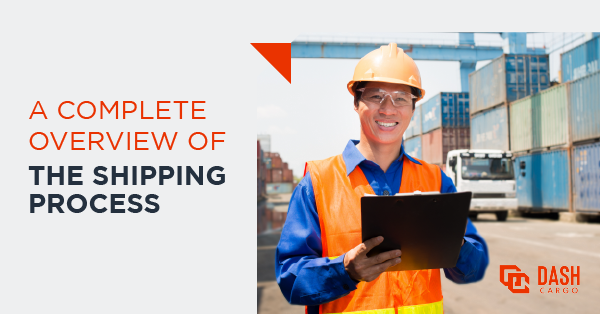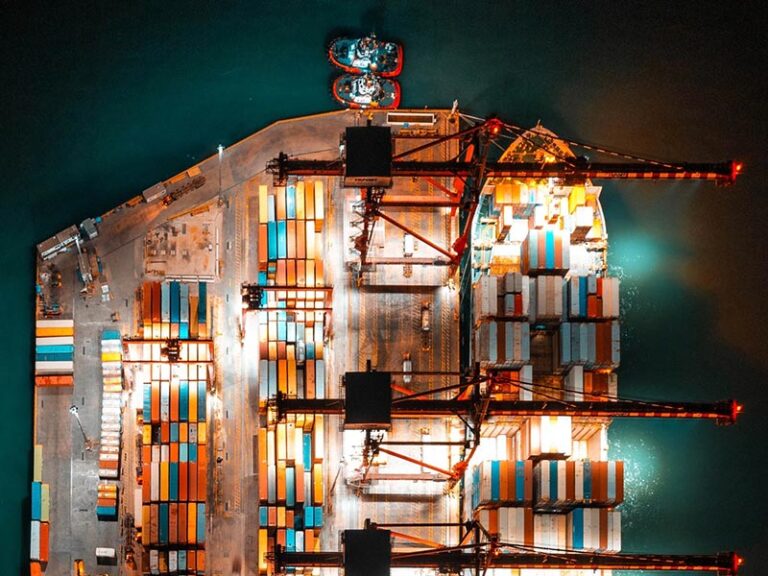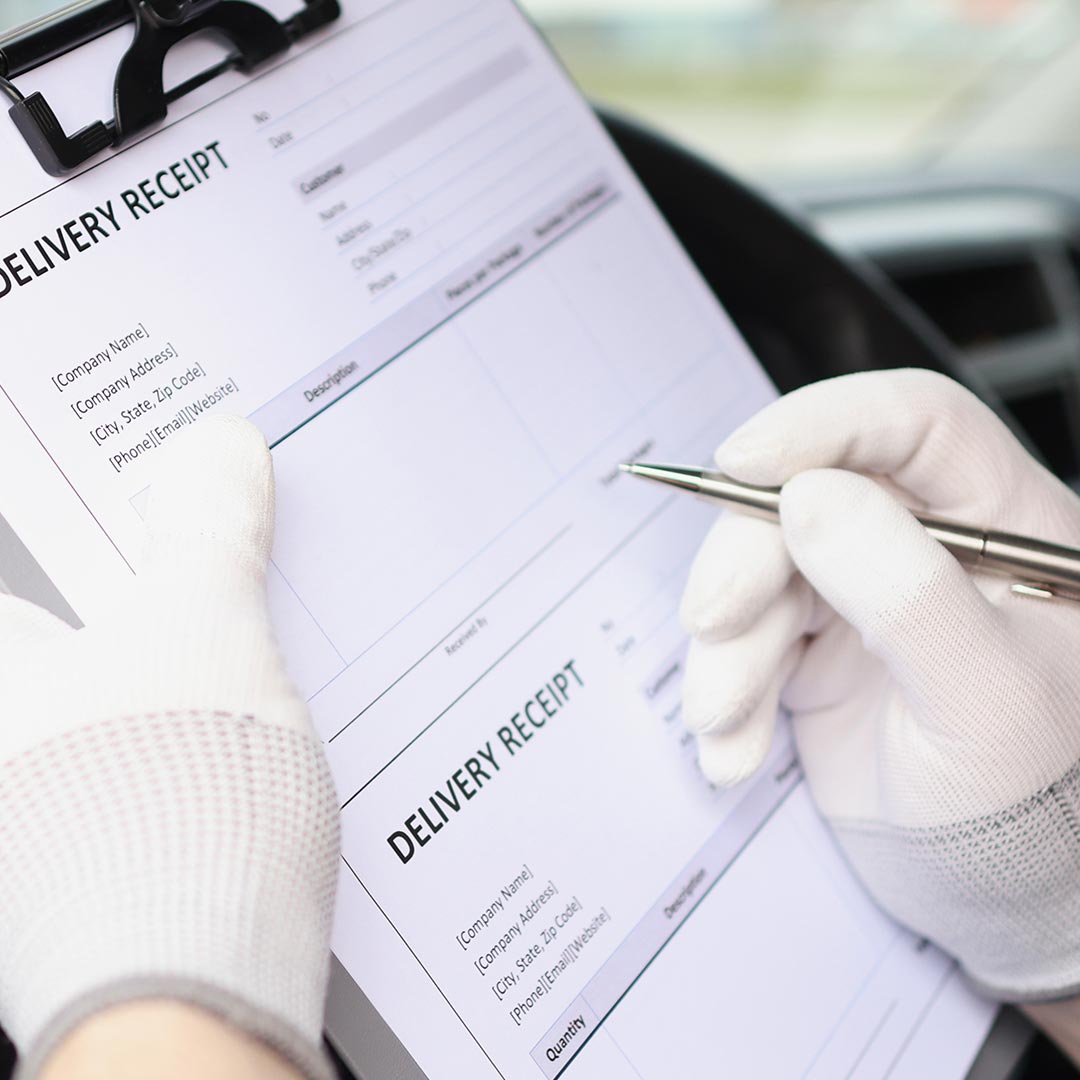
Pursuing business opportunities beyond your borders can bring your company exciting benefits. No matter what your products may be, being able to cater to new areas is one of the best ways to foster your growth and drive revenue. But as good as this sounds, one can’t deny that the shipping process can be overwhelming, especially for new business owners.
The good news is that freight forwarding companies can provide a lot of help to those who are new to shipping. But to ensure the smooth movement of your goods, knowing the key players involved in shipping and their roles will make it much easier for you to export and import products. To help you out, this article will provide a full breakdown of the shipping process.
The Main Players Involved in Shipping
Before we discuss the shipping process, we must understand the players involved. It’ll give you a better understanding of how the operations work and why these people are needed
1. Importer
The role of importers in shipping is to buy products from other countries and bring them into their own country. They can be actual users (who use the goods), established importers (who import on a continued basis), and registered importers (who import under the government).
2. Freight forwarder
Freight forwarders are the mediators in the shipping process. They don’t own the cargo they’re moving, but they manage it on behalf of the shipper. They are an intermediary between the shipper and the carrier, which can be helpful in case of miscommunication or misunderstanding.
3. Carriers
In the shipping process, carriers facilitate the movement of goods from one location to another. They provide their customers with transportation, handling, and storage services.
4. Customs brokers
Experts in all things related to international trade and shipping, customs brokers are an invaluable resource for importers, exporters, and businesses that deal with international transactions. A good customs broker will have experience in the specific regulations governing your industry.
5. Shippers
The shippers streamline many aspects of the shipping process, such as product packaging, labeling, and more.
A Breakdown of the Shipping Process
Now that you know the primary people involved in shipping, this next section discusses the shipping process steps. Here’s a brief timeline of what to expect when you send or order goods.
Step 1: The importer starts by ordering goods
The shipping process starts when the importer starts ordering goods from a supplier. The importer then arranges for transportation of the goods from the other country to theirs. The process can be done by air, land, or sea, depending on the shipping method available and cost-effectiveness.
Step 2: Freight forwarder collects and handles the shipment of goods
A freight forwarder is a middleman between you and your shipper. They’re responsible for collecting, organizing, and preparing your shipment for transport, and they’ll be the ones that send it off to its destination.
Step 3: Suppliers book a carrier
When booking a shipment through a carrier, you must have all your contact information ready. In the event of an issue, doing so will allow them to reach out to you instantly. The last step before booking a shipment with a carrier is to review their fees and rates so that you can determine which option best meets your needs and budget requirements.
Step 4: Freight transports goods
Once your goods are at the port or airport, they’ll be loaded onto the airplane or ship. If you’re using air freight services, your products may take only hours to reach their destination if manufactured locally.
Ships are also used for long-distance shipping because they can carry large amounts of cargo at once; however, they take longer to travel than airplanes due to slower speeds and more stops. If you’re planning to ship your goods by sea, review the different shipping container types to properly secure your products during transit.
Step 5: Goods are processed in customs and proceed to transit
A key part of shipping is getting the goods processed and passing customs before proceeding to transit. These products should have all the necessary documents for approval because if not, delays and other issues may occur. Each country has its own regulations, so it’s best to acquire customs clearance services to avoid issues.
Step 6: The goods arrive in the country of destination
When the package finally comes to the destination country, the next step is to wait for it to undergo import clearance. Like in the previous step, it’s important to have all documents ready in case you need supporting evidence that you purchased the product. The goods may also be subject to tax, which you must be aware of.
Step 7: The goods are transported from port to the importer
Finally, when your package passes clearance, you must wait for your order to arrive. The arrival time may vary depending on how many packages there are, but the truck/van carrying your order should notify you about its whereabouts.
About How You Drive and How You Arrive
There’s a lot of work that goes into shipping. Due to the complex nature of the process, you must establish effective collaboration amongst all key players. Failure to keep things in check can cause delays and other notable consequences, so communicating proactively with everyone will ensure that your packages arrive on time and in good condition.
Now that you understand the shipping process better, your exporting and importing efforts should be a breeze! If you want to partner with a reliable freight forwarder to help you with your logistical needs, Dash Cargo is here for you. As a top international logistics company in the Philippines, we’re ready to handle your shipments. Got any more questions? Contact us today to learn more!



